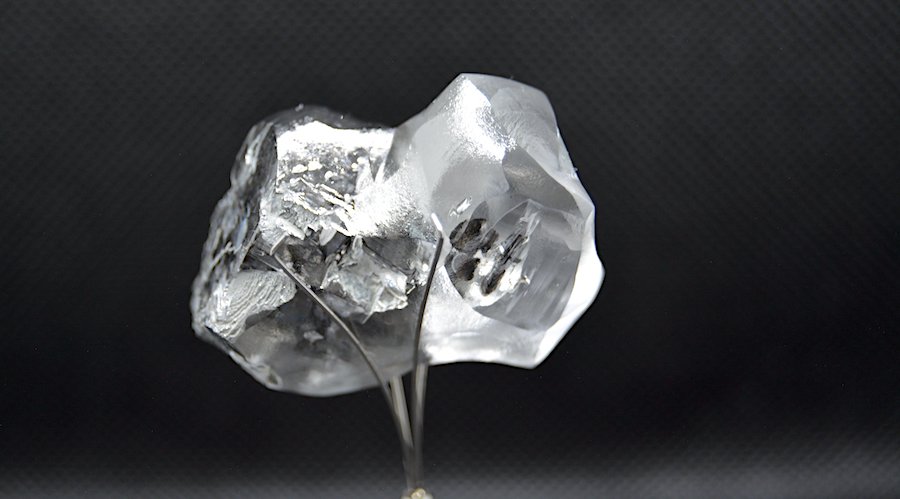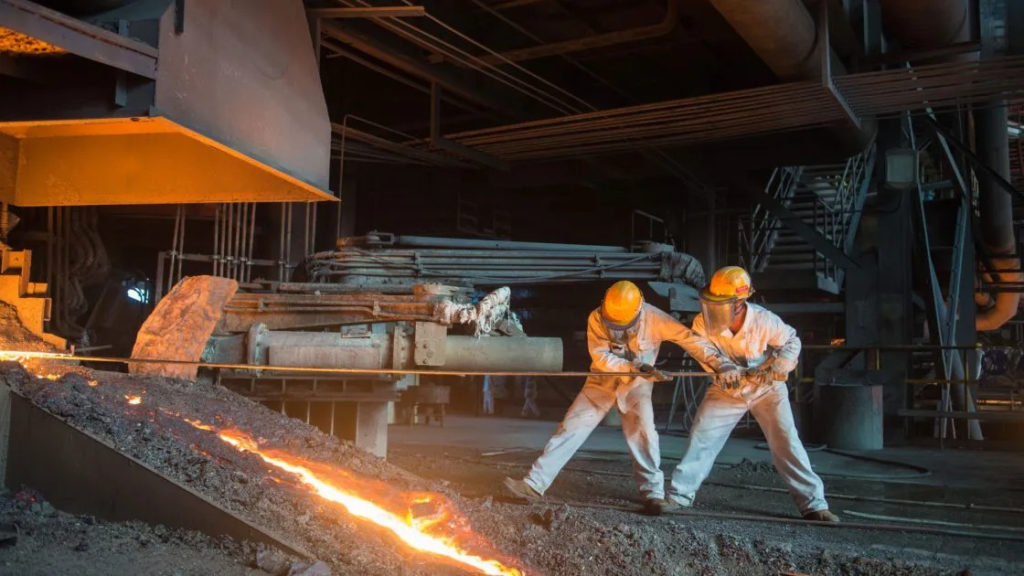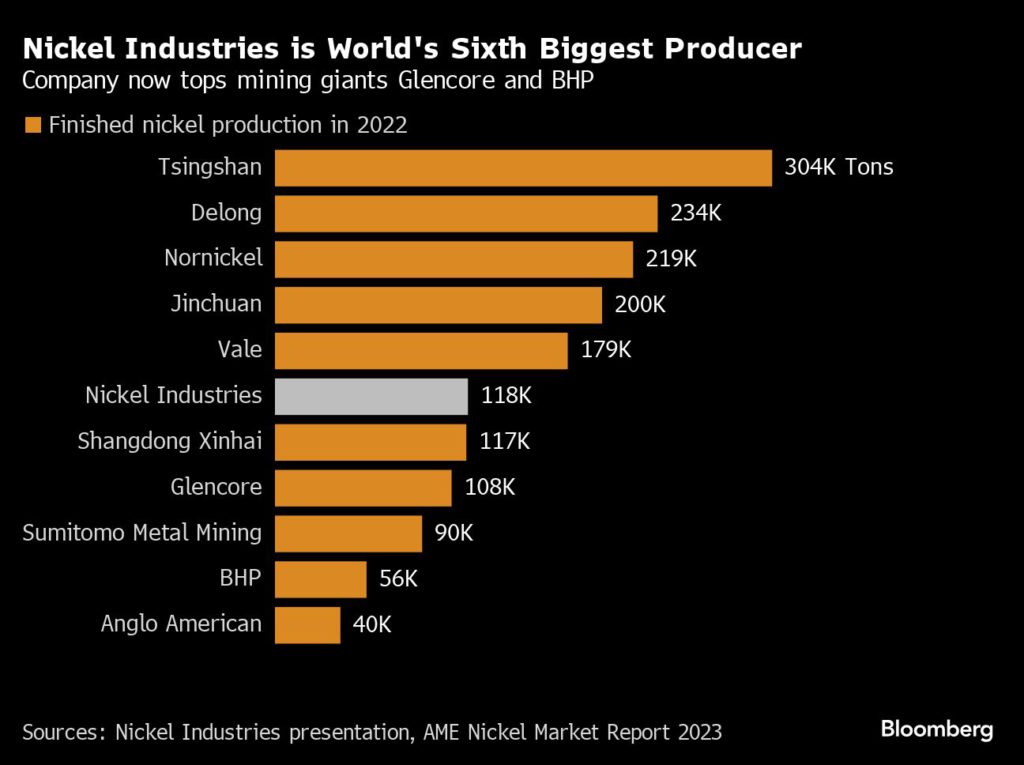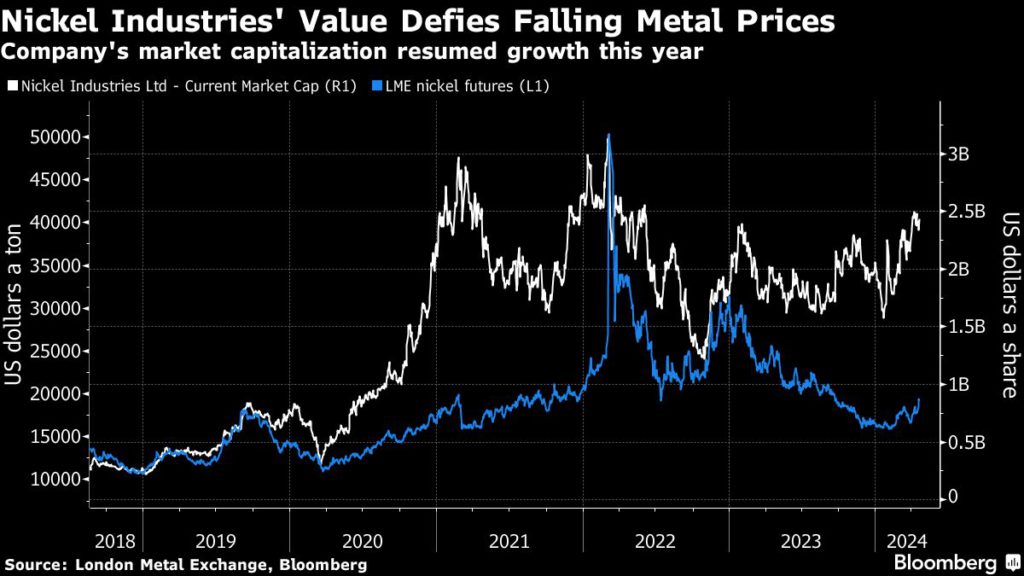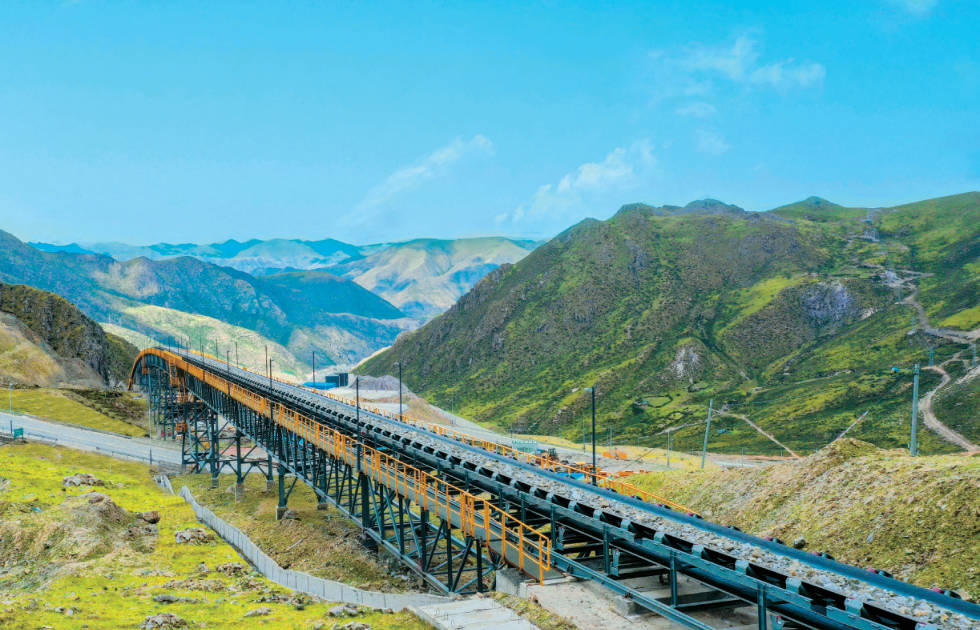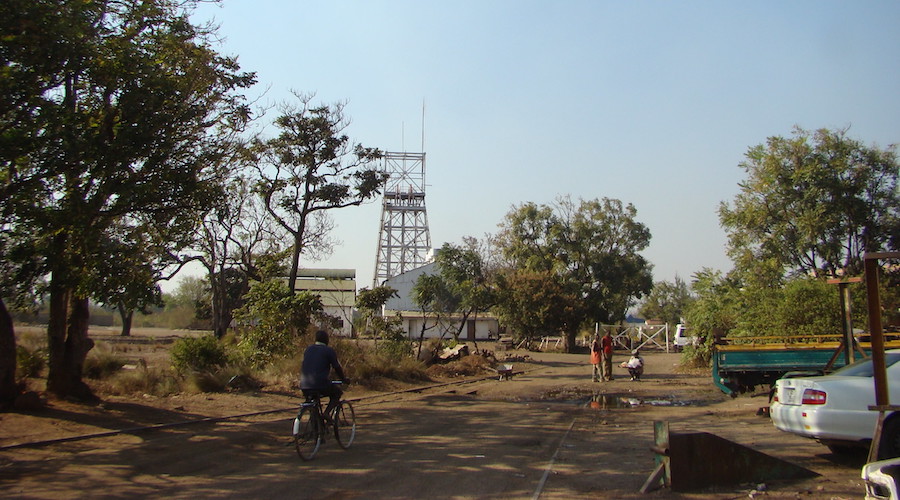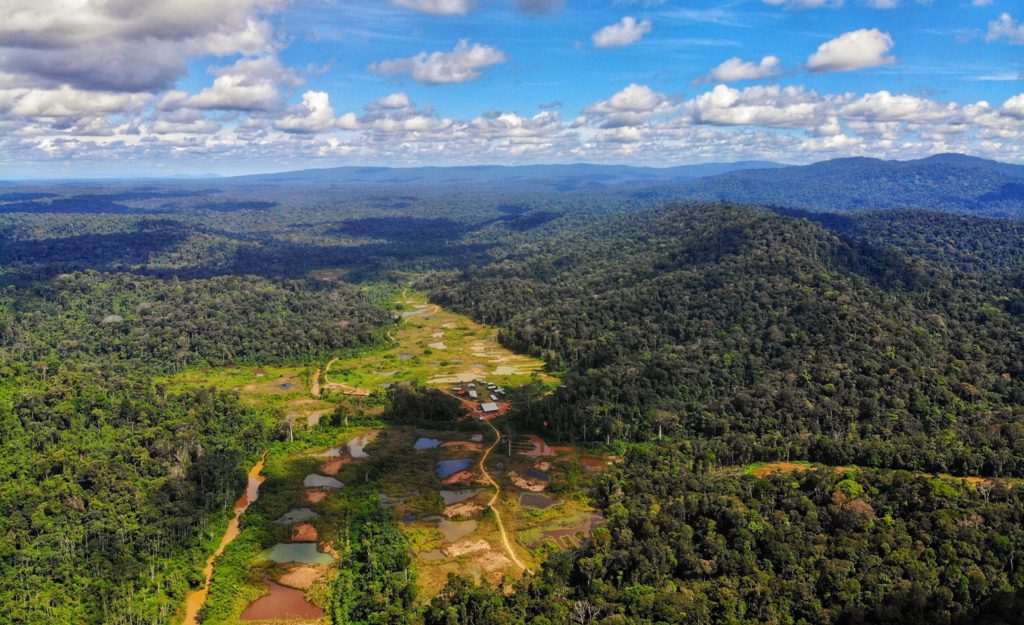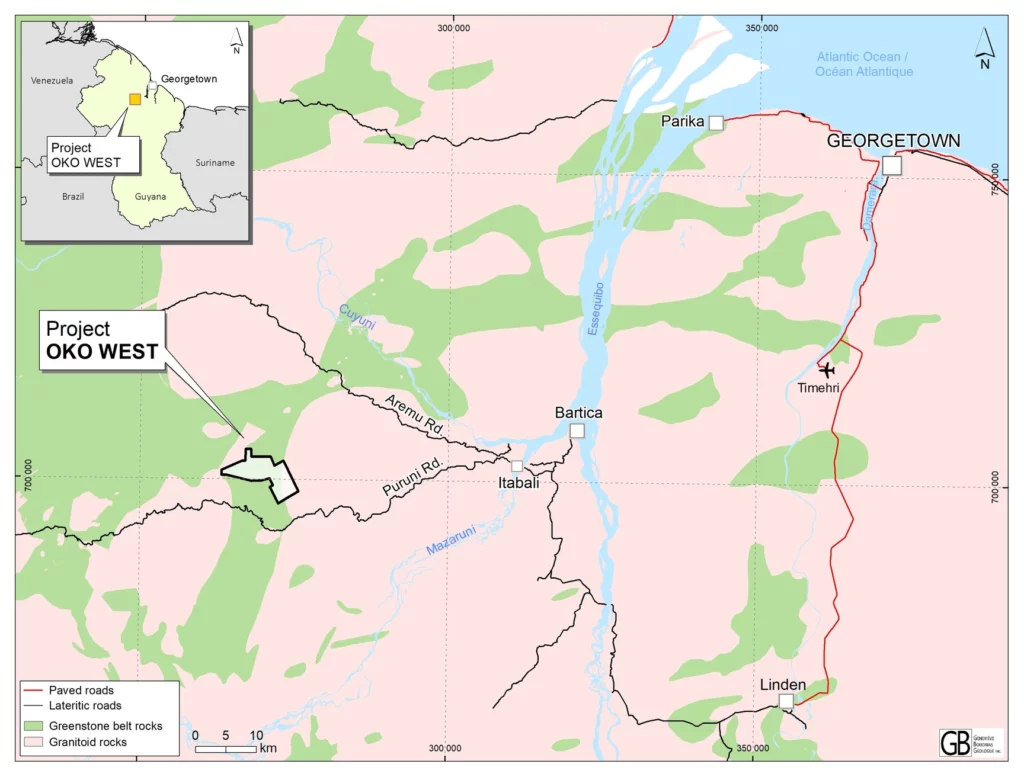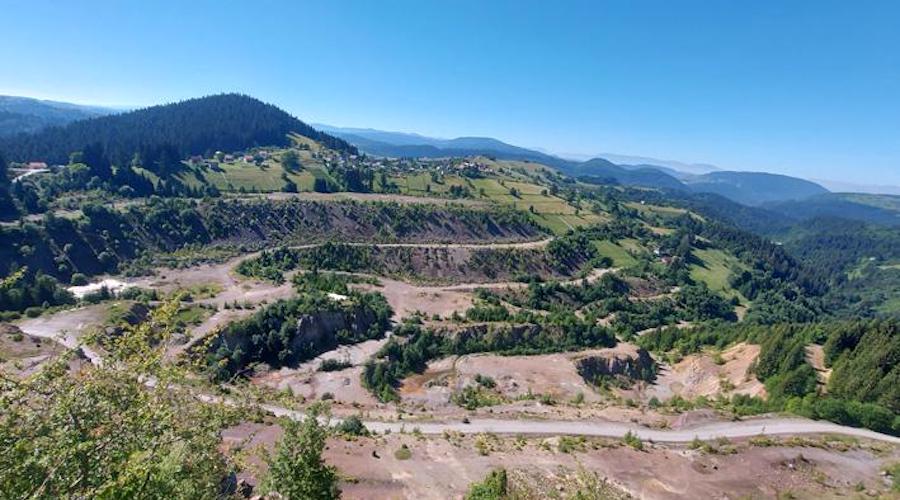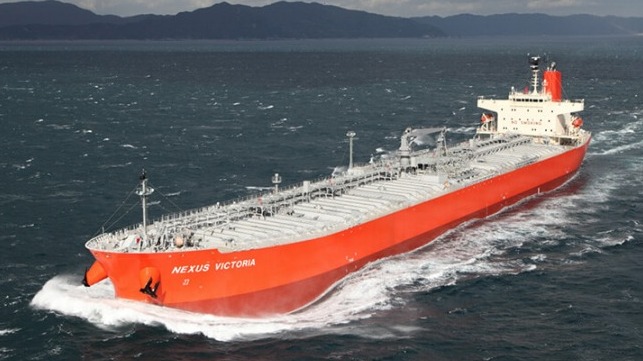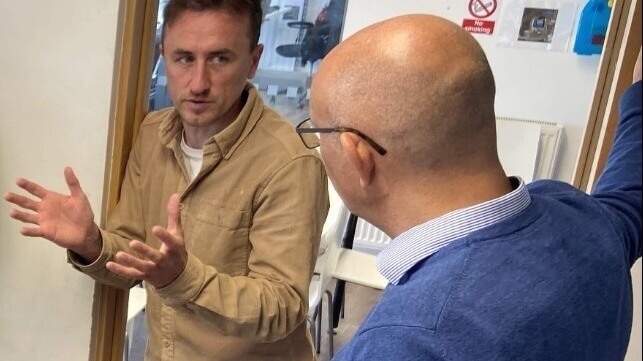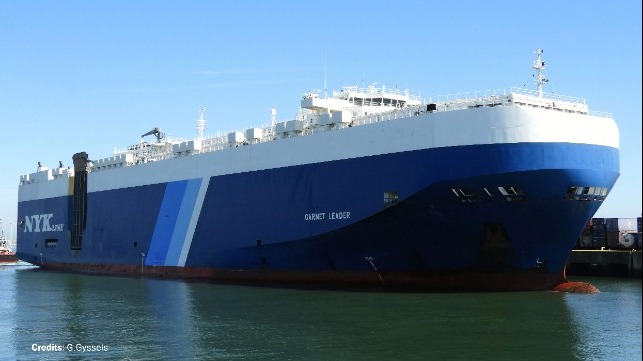[By: DNV]
DNV, the independent assurance and risk management provider, has become the sole owner of Ocean Ecology, solidifying its position in the aquaculture and biodiversity sector. This follows DNV’s earlier acquisition of Åkerblå, the previous majority shareholder of Ocean Ecology.
Established in 2013, Ocean Ecology is a leading UK provider of marine environmental consultancy, technical and advisory services to businesses operating in the blue economy. The company has established itself as a trusted partner for projects ranging from coastal and offshore zones to feed into the Environmental Impact Assessment process, monitoring programmes and applied research.
In March 2021, the Åkerblå Group acquired a majority shareholding in Ocean Ecology, setting the stage for accelerated growth and expansion. Following DNV’s acquisition of Åkerblå in 2023, an agreement was reached, leading to DNV’s full ownership of Ocean Ecology.
Ocean Ecology’s expertise spans a wide range of marine ecological survey and consultancy services, catering to the increasing demand in marine biodiversity and aquaculture services. With a team of 98 subject matter experts, Ocean Ecology is poised to accelerate DNV’s ambition to build an aquaculture powerhouse.
The growing demand for environmental services reflects a heightened awareness of biodiversity risks within the aquaculture sector. As the industry grapples with evolving sustainability standards, the need for robust environmental solutions to mitigate potential ecological impacts is increasing.
By offering tailored solutions that integrate biodiversity considerations into operational strategies, DNV enables operators to navigate complex regulatory landscapes while fostering environmental stewardship and resilience in ocean-based industries.
Thomas Vogth-Eriksen, Global Aquaculture Director Supply Chain & Product Assurance at DNV said: “We are excited to welcome Ocean Ecology’s team to DNV. Their deep domain expertise in marine services is an ideal fit that complements our existing aquaculture experience. As regulatory frameworks continue to evolve and stakeholder expectations rise, comprehensive biodiversity assurance services play a pivotal role in facilitating the transition towards more sustainable aquaculture practices.”
Ross Griffin, Technical Director at Ocean Ecology added: “DNV’s leading position in the marine industry provides the ideal platform for the continuation of Ocean Ecology's rapid growth trajectory spanning the full breadth of blue economy sectors, in particular offshore renewables, and aquaculture. Together, we are perfectly positioned to explore new opportunities and drive innovation in marine health and biodiversity assessments.”
"Our investment in Ocean Ecology back in 2021 was a strategic choice for Åkerblå Group, and this became even more relevant after DNV became the sole owner of the company. DNV's stated goal is to become a world leader in environmental services in the blue sector and fish health services in the aquaculture sector. Ocean Ecology provides a solid and important platform for further growth in rapidly increasing industries in the UK sector of the North Sea and the Irish Sea," mentioned Åkerblå CEO, Roger Sørensen.
The products and services herein described in this press release are not endorsed by The Maritime Executive.
